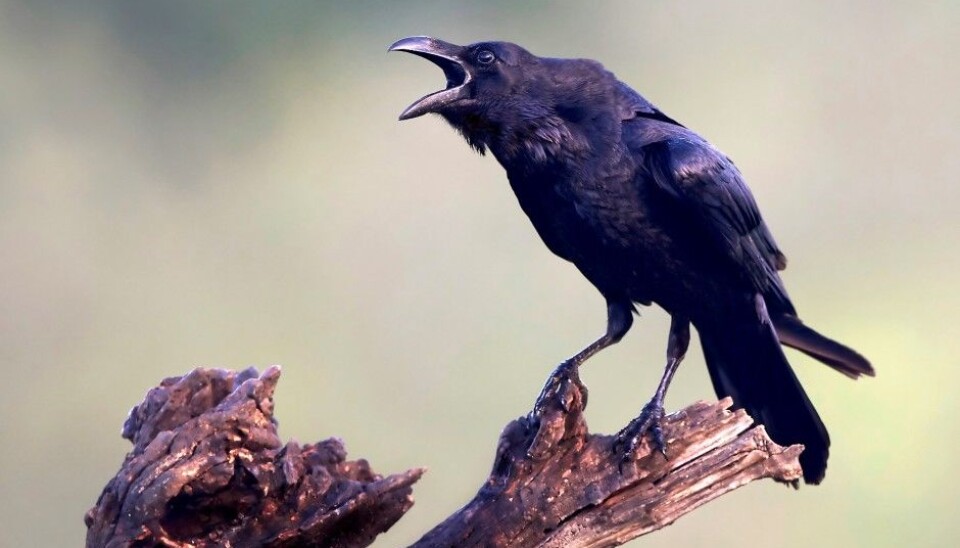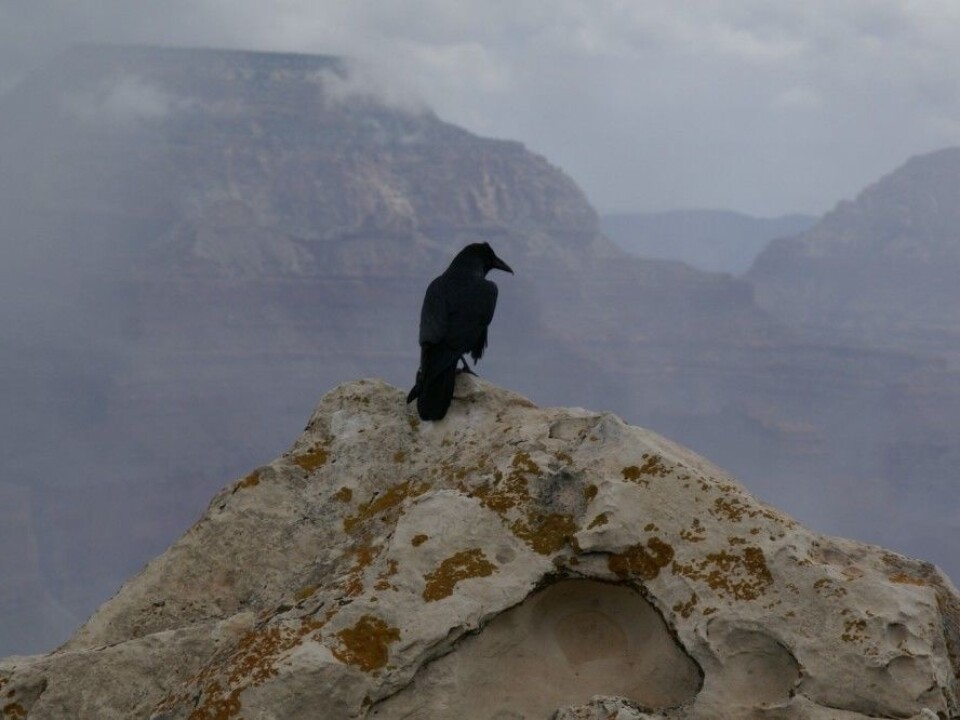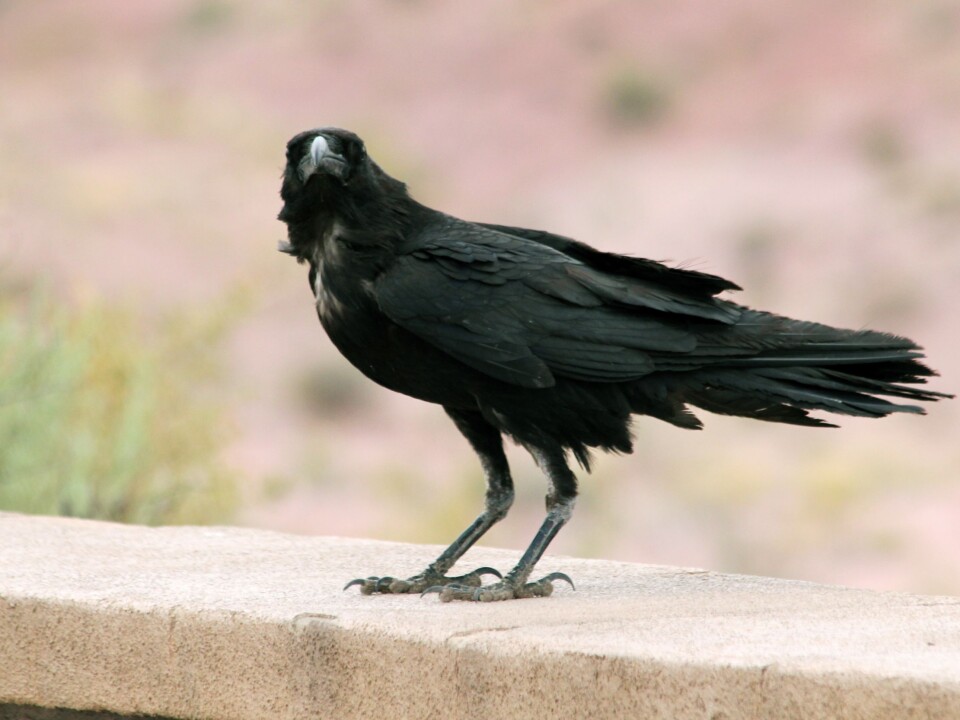
When two raven species become one
On the outside, they look similar, but common ravens in North America contain a counterintuitive tale about evolution in their genes.
Most people don’t think about the workings of evolution, even as they might admire its results. Biologists, on the other hand, are constantly peering at DNA, trying to understand exactly how species are related to each other, and when they might have evolved, or diverged, from a common ancestor.
And while divergence is what we most commonly associate with evolution, it’s also possible for two distinct species to recombine as a single species, in a process called speciation reversal.
In a recent article in Nature Communications, researchers report that this has happened with common ravens in North America.
The common raven (Corvus corax) belongs to the crow family and is the largest bird in this group — the US Cornell Laboratory of Ornithology describes ravens as “massive”.
Inside, they are not the same
On the outside, these birds mostly look the same, like your everyday raven. But deep inside, their DNA tells a different story: long ago, common ravens were two different species.

Since the authors of the study don’t have a time machine and thus haven’t been able to watch the process first hand, they have been careful to call the two different groups lineages, the California and the Holarctic.
The Holarctic lineage is found throughout the area called the Holarctic Zone, which includes most of the northern hemisphere north of the Sahara.
“The California lineage was isolated, probably in connection with an early ice age,” says Professor Arild Johnsen at the Natural History Museum (NHM) in Oslo, who was one of the senior authors on the study.
Twigs on a branch
The raven researchers have long known about the two lineages, but new and more accurate analyses shed light what actually happened.
"We call it species formation in reverse," says Johnsen.

First, a small twig sprouts from a branch on the tree of life and becomes so distinct that it qualifies for the title of the species. But then the twig and the branch — the two species — reconverge and become the same species again.
There aren’t that many examples of this happening in nature, especially in the absence of human-caused disturbance. Nevertheless, the genetic analysis of the common raven in the western US suggests this is exactly what has happened.
Today, all common ravens look alike even though their genes show how the two lineages have combined. Johnsen thinks that he would be able to see a difference if he could travel back to the time when there were two species.
"Of course, this is speculation, but I would think that the California raven would be similar to the Chihuahuan raven,” he said.
An offshoot in the desert
The California raven actually left a southern offshoot, called the Chihuahuan raven (Corvus cryptoleucus).
"Chihuahua ravens are smaller in size than the common raven and have some cryptic white feathers in the neck, hence the name cryptoleucus. It also makes a little different sound," Johnsen says.
Today, there is no mixing between common ravens and Chihuahuan ravens, even though they share some of the same areas of Mexico and the southwestern United States.
The California and the Holarctic lineages, however, were found together. At some point, the barriers that kept them apart disappeared.
A raven in Norway looks just like its kinsman in California. The latter may still have a genetic distinctiveness to pass on to future generations, but perhaps not forever.
“Probably, in the future, there will be fewer traces of the pure California raven. But the new raven will nevertheless be genetically different from both of its parental lineages and may also have features that make it better equipped to meet future challenges,” says Johnsen.
——————————————————-
Read the Norwegian version of this article at forskning.no.






























